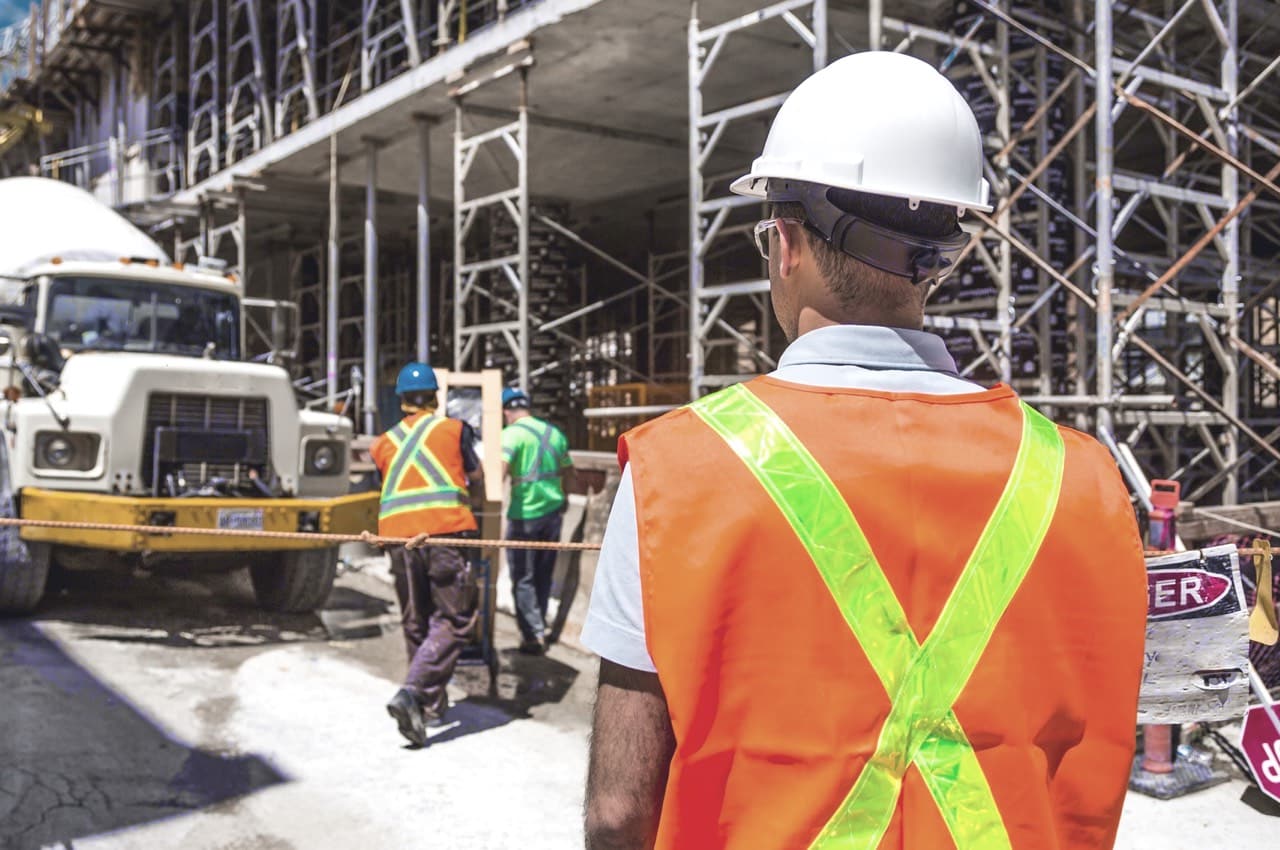Construction Management
Project Controls Dashboards: Turning Construction Data into Action on Site

Why “More Reports” Doesn’t Mean More Control
Contractors often drown in reports: daily logs, timecards, cost reports, RFIs, submittal logs and safety reports. But if PMs and supers can’t see the right information at the right time, they still fly blind. Project controls dashboards built into construction management and accounting software focus attention on the KPIs that actually drive job success.
Defining the Right KPIs for Construction Projects
Useful project controls aren’t just financial. Strong dashboards blend:
- Cost metrics: budget vs. actual vs. forecast by cost code.
- Schedule metrics: planned vs. actual progress, critical path status.
- Productivity metrics: units installed per crew-hour vs. target.
- Risk and quality metrics: RFIs, change orders, punch list items, safety incidents.
Construction software can calculate these from daily field inputs and accounting data.
Dashboards for Different Roles
Not everyone needs the same view. Good systems support:
- PM dashboards: job margins, change order status, cash position, forecast vs. budget.
- Superintendent dashboards: manpower, productivity, look-ahead schedules, safety.
- Executive dashboards: backlog, WIP summary, company-wide risk indicators.
Role-based dashboards prevent information overload and keep each person focused on what they can control.
Feeding Dashboards with Live Data
For dashboards to matter, they must be current. Construction platforms pull data from:
- Field reports and daily logs.
- Time and equipment tracking apps.
- Accounting modules for costs, billings and payments.
- Document control systems for RFIs, submittals and change orders.
When superintendents close out their daily logs, PMs can see the impact on cost, productivity and schedule the same day.
Visual Alerts and Thresholds
Dashboards should highlight issues, not force users to hunt. Configurable alerts can flag:
- Cost codes trending over budget.
- Schedule activities slipping beyond float.
- Jobs with high underbillings or aging AR.
- Safety incident spikes or quality issues.
PMs and executives can drill into problem areas before they become full-blown crises.
Driving Better Conversations and Decisions
Dashboards matter most when they change behavior. With clear project controls:
- Weekly meetings focus on exceptions and decisions, not reading reports.
- Field and office speak the same language about project health.
- Patterns across jobs feed back into estimating, bidding and resource planning.
Construction analytics becomes a continuous improvement loop instead of a rearview mirror.
Final Thoughts
Project controls dashboards are where construction management and accounting software deliver visible value to the field. When you define smart KPIs, feed them with live data and present them in role-based, actionable views, you give your teams the information they need to build safely, profitably and on schedule.






